Robotic Applications for Food Processing
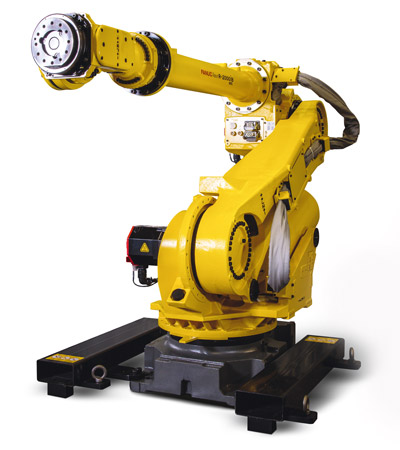
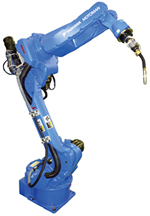
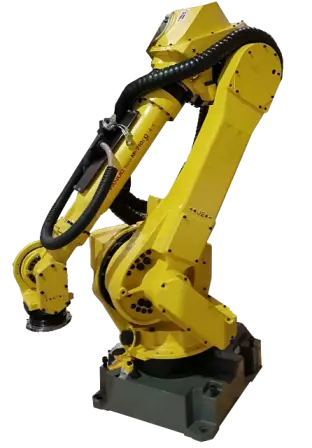
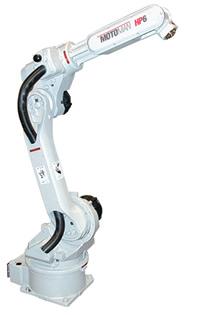
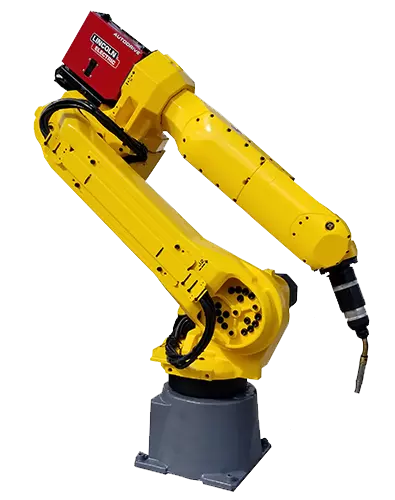
The growth of industrial robots has led to their adoption in a wide variety of industries including those outside of traditional industrial settings. One of those is the food industry. Several years ago it would have been difficult to imagine the FANUC Lr Mate 200id/7L automating food processing. With advancements in robotic technology food processing articulated robots are now a reality. Clean room and food grade robot options prevent possible contamination from the robot by completely sealing openings and using special food grade grease. The ABB IRB 1200 can safely handle food items without contaminating them. Automating food processing with robots provides a cleaner and more sterile environment as it is easier to regulate cleanlinesses standards with robots than with humans. Robotic vision systems have allowed robots to work with the irregular shapes of food items. While the development of soft grippers and vacuum grippers has allowed robots to handle sensitive foods. Industrial robots are improving the cleanliness, productivity, and consistency of food processing.
Industrial robots are being used to automate both primary and secondary food processing applications. Primary food processing applications are those that involve the handling of raw foods. While secondary food processing applications are those that follow the primary processing ones. Below is a look at the types of applications robots are automating in food processing.
Primary Food Processing
Primary food processing applications are relatively new to robotic automation. Industrial robots are being used to automate meat processing, pick and place, and cutting/slicing applications. For meat processing robots are mainly being used for butchery tasks. Butchery can be taxing on humans with repetitive motions, great force to cut through meats, and often frigid work environments. Automating butchery with robots improves worker safety while allowing for high volume meat processing.When it comes to robotic pick and place applications in primary food processing, robots are being implemented for the handling of fruits and vegetables. The development of soft grippers has allowed robots to automate fruit and vegetable handling without compromising these delicate foods.
For the automation of cutting and slicing applications, robots are being used for simple food slicing tasks as well as more complex cutting tasks such as filleting and deboning fish. Implementing robots for food cutting ensures uniform shapes and even slices of food items.
Secondary Food Processing
Industrial robots have been automating secondary food processes longer than they have been used for primary food processes. Common applications for robots in secondary food processing include pick and place, packaging, and palletizing. Pick and place applications in secondary food processing differ from those in primary processing because items have been prepared/cooked and tend to be more uniform, making automation easier with robots. Robots can easily handle the transferring of hot foods that have just completed the cooking process.Robots are also used to package food items to prepare for shipping. The ABB IRB 2600-20 can automate the packing of food containers into a box.
Industrial robots are also be used to place packaged foods onto pallets. Palletizing robots are especially popular for beverage palletizing. The Yaskawa Motoman MPL160 can quickly stack cases of drinks.